kfong
100 kW
Subscribed, cool project.
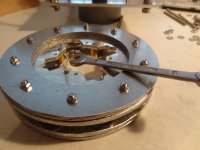
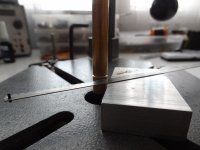
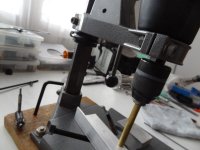
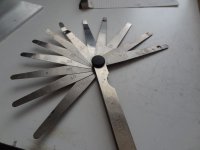
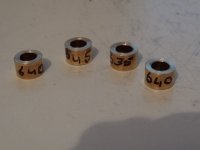
And did it stick lightly or strongly?Lebowski said:before I continue with the motor build, a simple test to see if the back iron is thick enough.
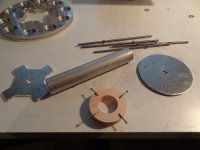

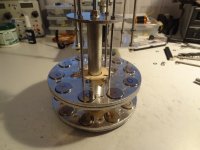
I don't have any paperclipsMiles said:At what distance does it attract a paper clip from?
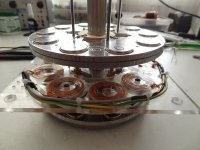
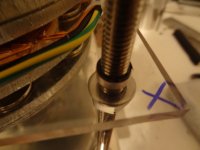


Martensitic stainless steel is magnetic. Even Austentitic stainless steel is, very slightly.Lebowski said:funnely enough the magnets are strongh enough to attract stainless steel, a material I always though to be non-magnetic...
roller said:subscribed -
Lebowski - I didn't find comment in this thread . . . can you muse on your motivation for a "coreless" approach on the stator ? Seems it would have been almost as easy to wind your coils around a steel hub, instead of acrylic . . . though this gives you no "back iron" per se, it should increase the field intensity inside the coil. Your 10/9 configuration should keep cogging out of the question, but I would presume your Kt could increase notably. (this would also lower Kv, and allow fewer turns of fatter copper {or 3 strands, e.g., in your case} for your target performance.
roller said:While not as easy - you might also consider (for the future) a trapezoidal or rectangular spud, so more of the winding path is running radially. The most useful forces will come from the tangent flux vectors, which are perpendicular to radial conductors.
